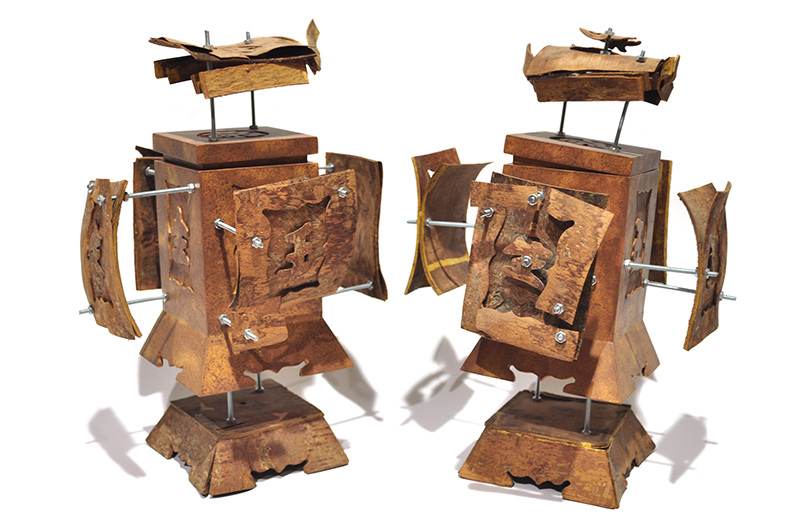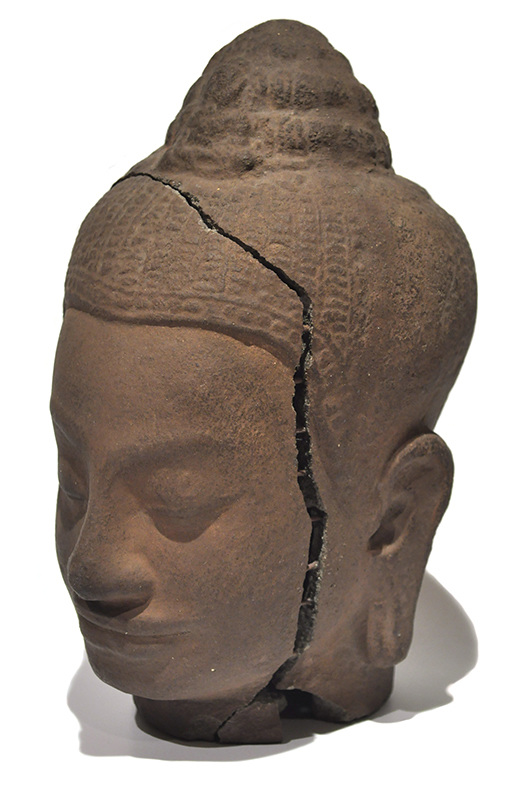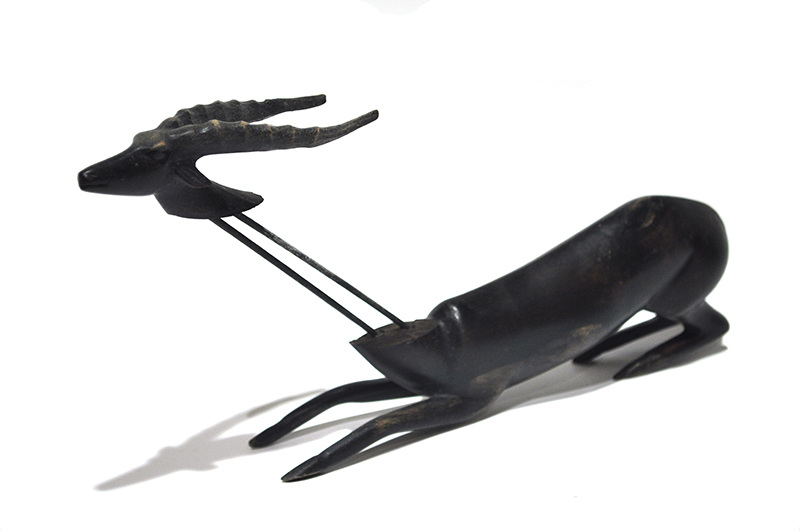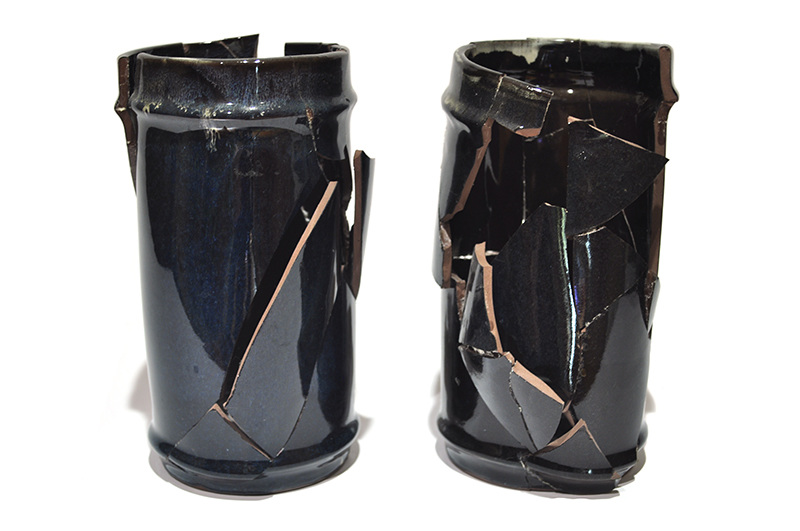Wunderkammer: the space in cinnamon, wood and China






At the PAUSA exhibition - taking place at the AXA Building, you can see Wunderkammer in José Andrade's sculptural pieces.
In space I, we observe translations of parts of objects in which their breakage resulted in a partition - the decapitation of the antelope, which I emphasized by lengthening its neck, the disintegration of the shin boxes, which I highlighted by the projection of its faces relatively to the replica boxes placed in the center of each of the pieces that serve as the original structures, the Khmer head, which, although it was deconstituted in a process of falling, separated, projecting laterally, and dividing frontally on the face, which , and although it did not separate completely, I highlighted it by opening and prolonging the cracks resulting from the collision. Moments of destruction frozen. The Song vases are permanently broken due to their reorganization, which accentuates the explosion of their original form. The Tang lady, in constant decline, points to a past inevitability, emphasizing her material fragility, and simultaneously that of the threads that connect the its tripartite parts. Space II does not aim at reconstitution in any way. Rather, destruction for the sake of destruction. Here, already healed objects are used, in a fixation on the degraded, the broken, worn out, destroyed by time and use. This space brings together three moments. The first, the constant aggression and destruction of the kitchen stove, present in the space, crushed, and flanked by the sledgehammers used to dismantle it, together with continuous recording of the sound recorded from this action. The garbage collected, overlapped, thrown, an agglomeration of degraded, dirty and piled-up elements, an attempt to embody or transport into space an effigy of waste deposits. Finally, the suspended CCTV cameras simulate their previous functionality by using LED lights to replace their lenses, presented like specters, which through a mental association do not fail to evoke a feeling of invasion, among other camera bodies without any lens, non-functional - all of them equally rubbish. This space represents an effort to bring together a small set that can serve as an illustration of this endless, vertiginous list that is industrial spoil."(...) The wunderkammern, that is, the chambers of wonders, or the cabinets of curiosities, precursors of our natural science museums, where some tried to systematically collect everything what should be known and others sought to collect what seemed extraordinary or unheard of (...)" - in "The Vertigo of Lists", Umberto Eco
